Phonics recognition Normal Phonics Worksheets for Ages 5-7
11 filtered results
-
From - To
Discover our engaging Phonics Recognition Normal Worksheets, designed specifically for children aged 5-7! These worksheets offer a fun and interactive way to develop essential phonics skills, helping young learners recognize letters and their corresponding sounds. With colorful illustrations and varied activities, your child will enjoy mastering phonics concepts while building a strong foundation for reading and writing success. Our user-friendly format is perfect for both classroom and home use, ensuring a seamless learning experience. Explore our collection today and watch your child’s confidence grow as they embark on their phonics journey! Ideal for early grade educators and parents alike!


Letter K Sounds Worksheet
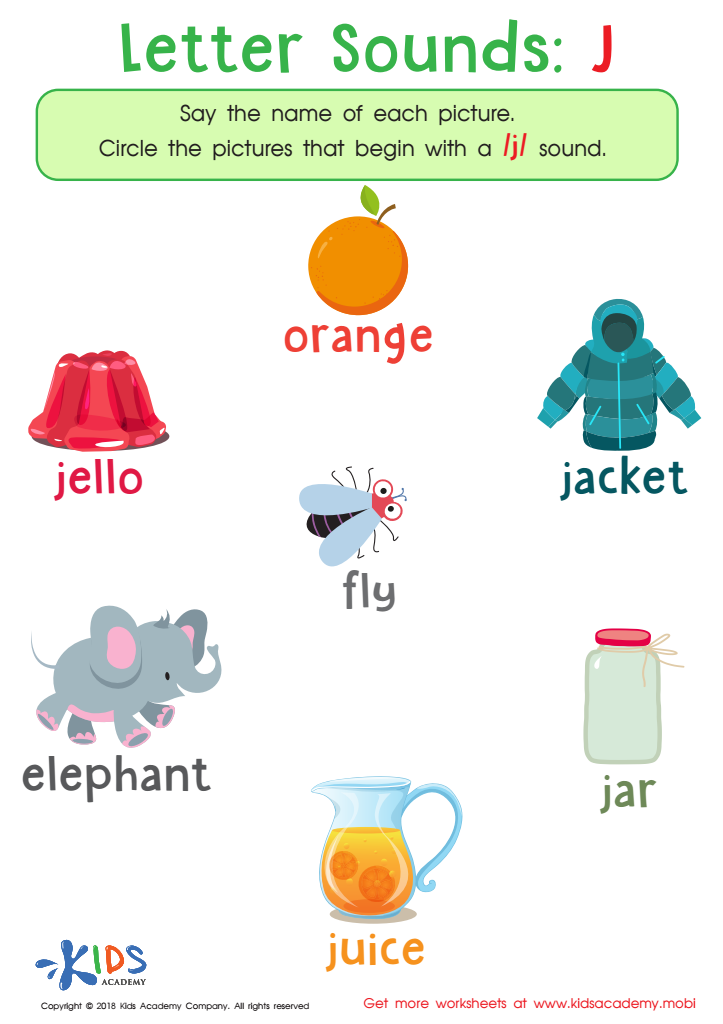

Letter Sounds: J Printable Worksheet


Where Is the Digraph? Worksheet
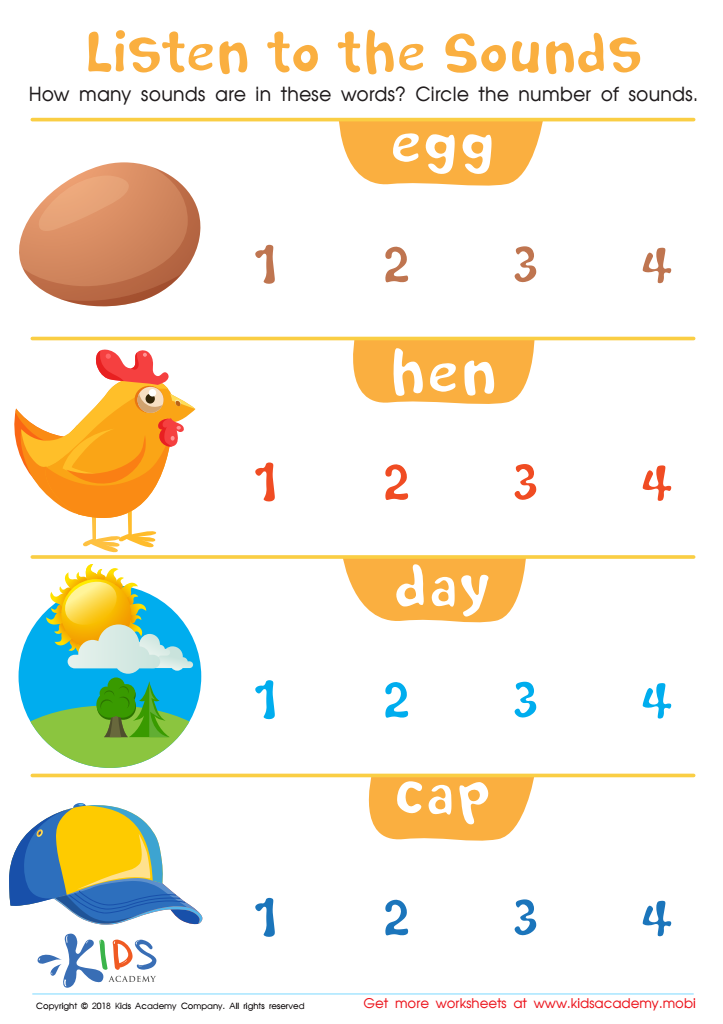

Listen to the Sounds Worksheet
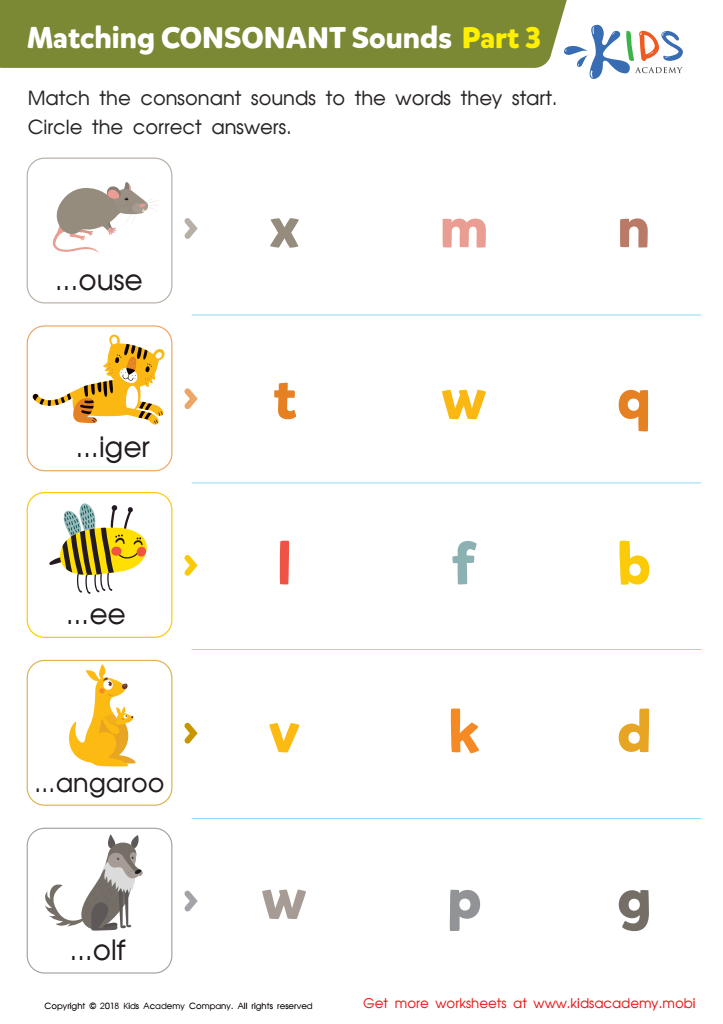

Matching Consonant Sounds: Part 3 Worksheet
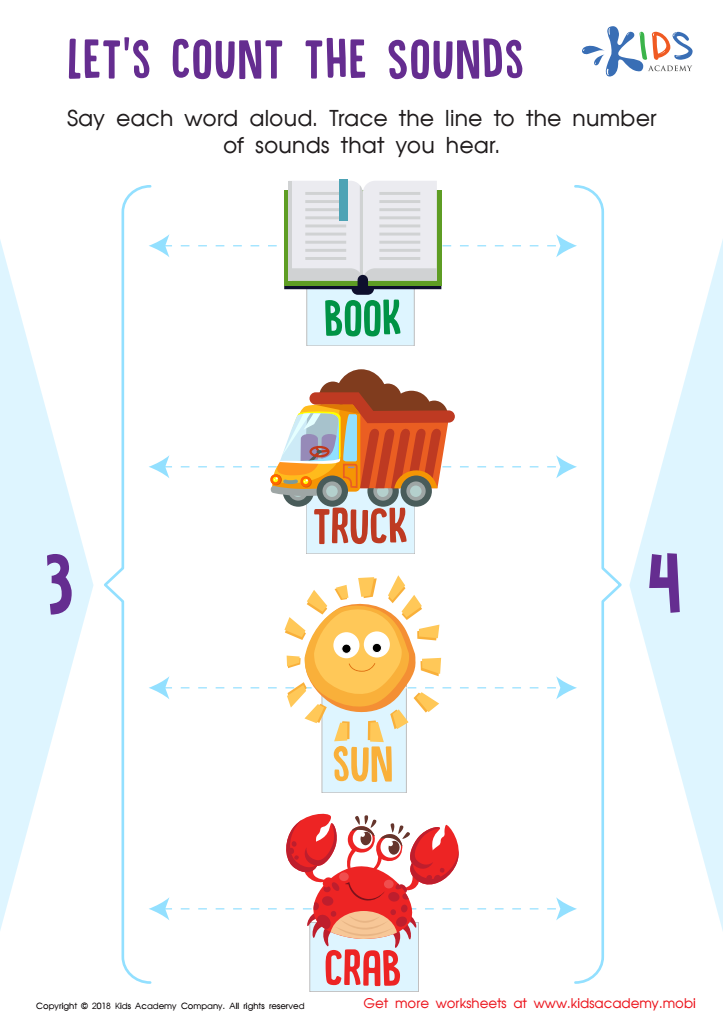

Let's Count the Sounds Worksheet
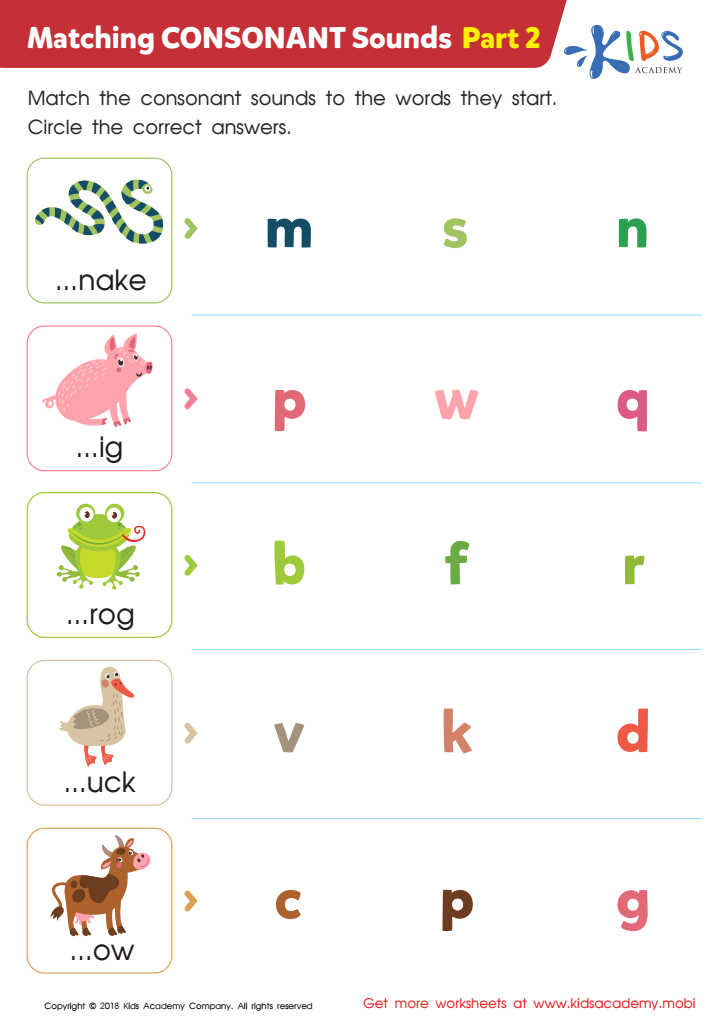

Matching Consonant Sounds: Part 2 Worksheet
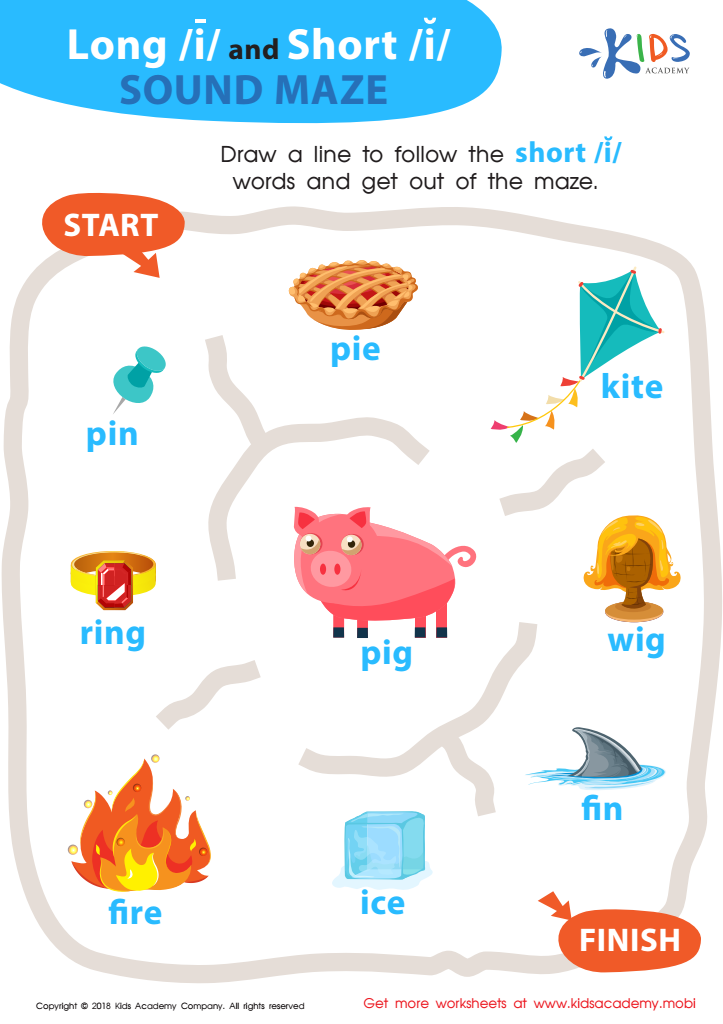

Reading: Long I and Short I Sound Maze Worksheet
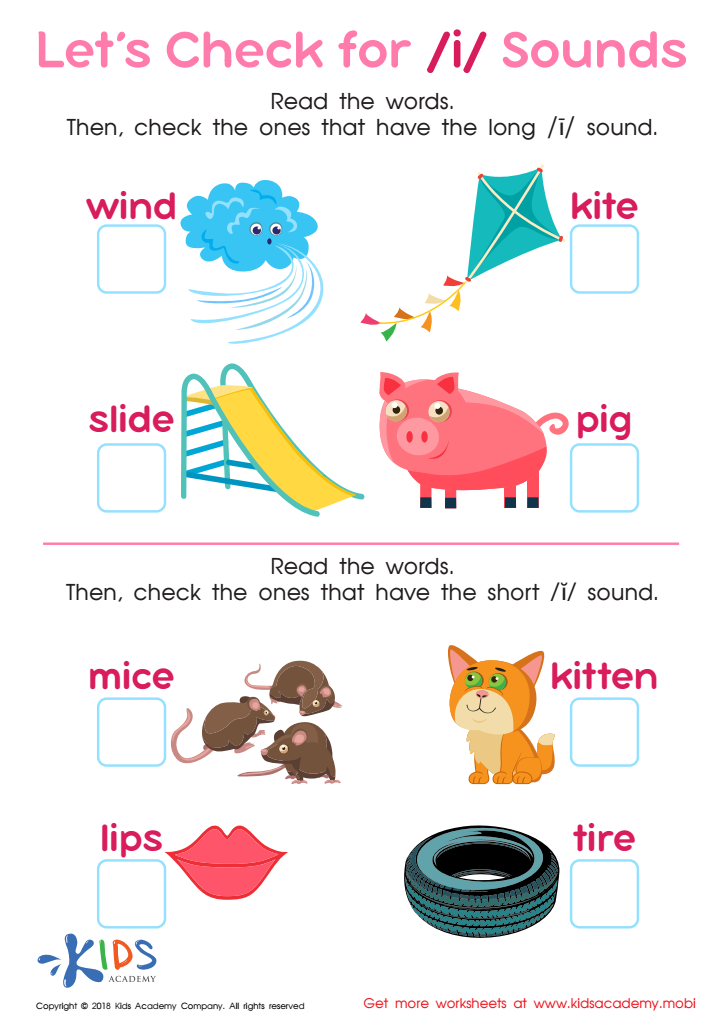

Let's Check for «i» Sounds Worksheet
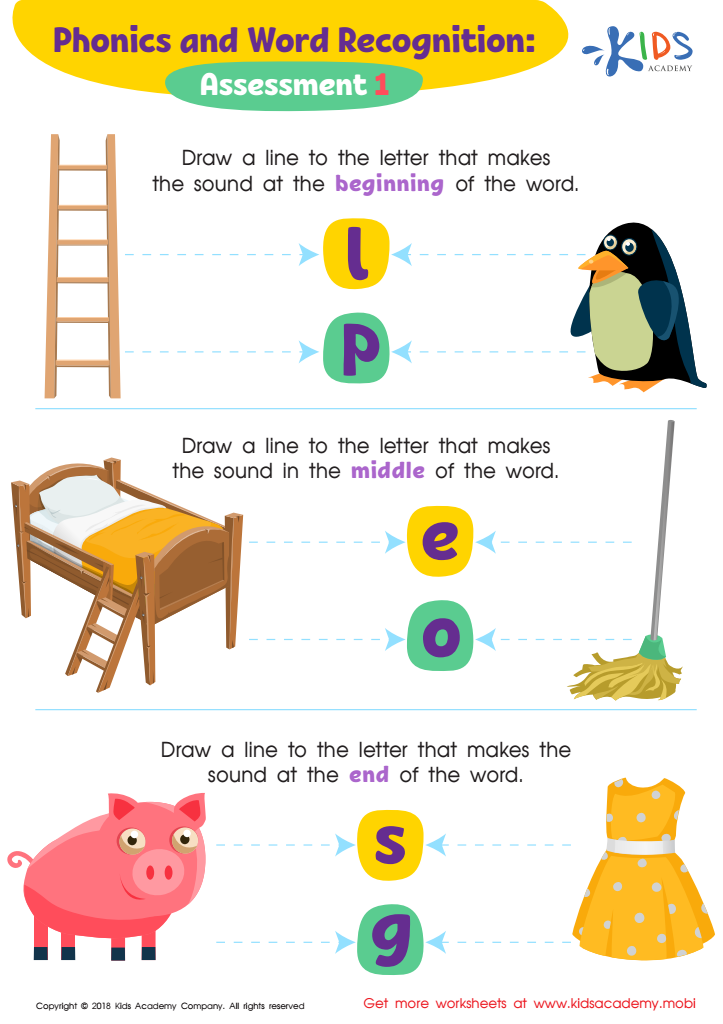

Phonics and Word Recognition: Assessment 1 ELA Worksheet
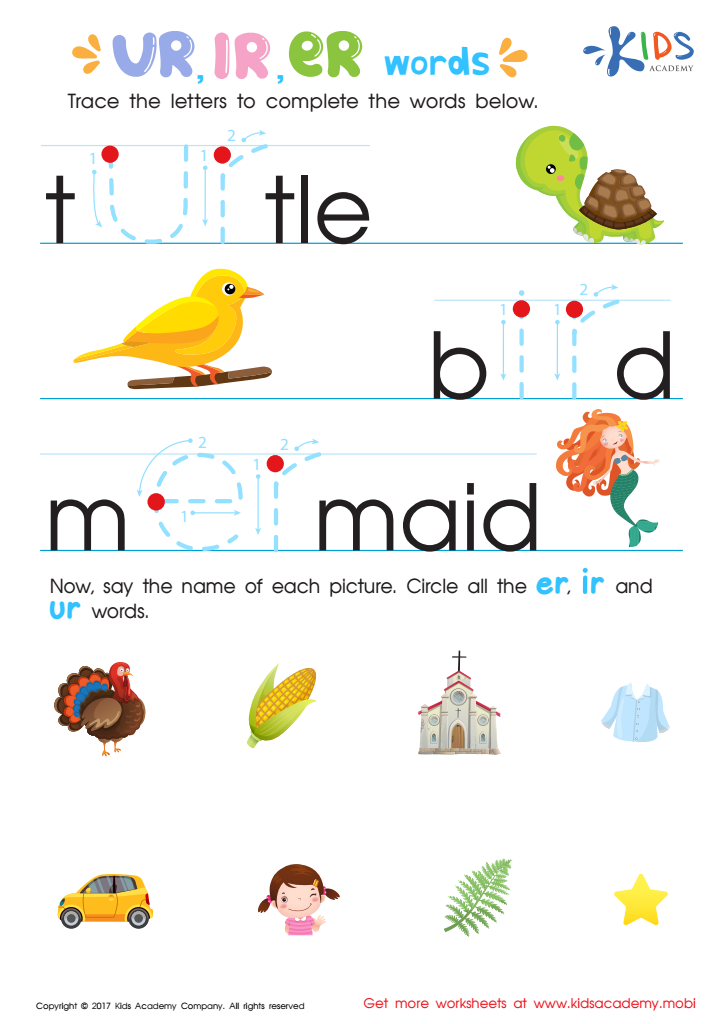

IR UR ER Words Worksheet
Phonics recognition is essential for young learners aged 5-7 as it lays the foundation for their reading and writing skills. At this age, children are developing critical literacy skills that will impact their academic success and communication abilities throughout life. By mastering phonics, children learn to relate sounds to letters and words, enhancing their ability to decode unfamiliar texts.
When parents and teachers prioritize phonics instruction, they provide a structured approach to reading. This systematic methodology helps children grasp the alphabetic principle and boosts their confidence as they become independent readers. As learners gain proficiency, they can engage with increasingly complex texts, fostering a love for reading that will enrich their intellect and imagination.
Moreover, effective phonics recognition can combat reading difficulties. Early intervention through phonics can help identify children who may struggle and allow for targeted strategies to assist them. Ultimately, investing in phonics instruction equips children with essential skills, promotes academic achievement, and prepares them for future educational challenges. Engaged parents and teachers can collaborate to enhance phonics learning, ensuring that children develop strong literacy habits that will benefit them in all areas of life.

 Assign to My Students
Assign to My Students




















